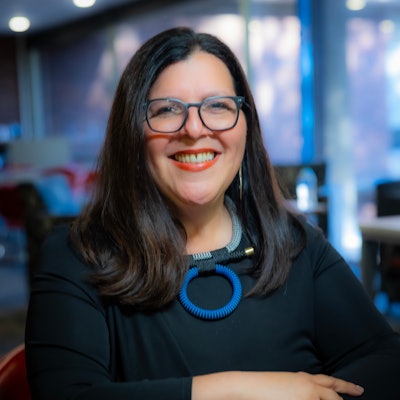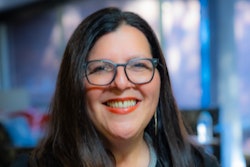Hispanic Serving Institutions (HSIs) offer more upward mobility for their students when compared to Predominantly White Institutions (PWIs), despite having fewer resources.
By examining a decade’s worth of data, including what percentage of students see at least one economic quintile jump after graduation, Rutgers University’s Center for Minority Serving Institutions (MSIs) has reemphasized the critical role that HSIs play in creating access and opportunity for all their students, including their Latinx population, in their new report, Generational Jumps? How HSIs Promote Upward Mobility.
 Dr. Marybeth Gasman, executive director of the Center for MSIs (CMSI) at Rutgers University.
Dr. Marybeth Gasman, executive director of the Center for MSIs (CMSI) at Rutgers University.
“Institutions should really take a look at the strategies that HSIs are using to support low-income, high-needs student groups,” said Gasman. “HSIs are also educating large numbers of African Americans and Asian Americans, and significant numbers of white students from lower-income families.”
To qualify as an HSI, an institution’s student population must meet a minimum threshold of at least 25% Latinx. To receive federal Title V funding, set aside for HSIs, institutions must prove they will use the funds to support their Latinx students. The findings reflect the institutional impact on all students, however, not just their Latinx populations.
The report is a companion to Rutgers’s 2019 report on Historically Black Colleges and Universities (HBCUs), which revealed similar results—that these MSIs, while being under-resourced and under-acknowledged in such rankings systems like U.S. News and World Report, can produce dramatic economic turnaround and opportunities for their students as compared to more well-funded and well-recognized PWIs.
 Dr. Rebecca Perdomo, senior research associate with CMSI and the Samuel D. Proctor Institute for Leadership, Equity, and Justice at Rutgers University.
Dr. Rebecca Perdomo, senior research associate with CMSI and the Samuel D. Proctor Institute for Leadership, Equity, and Justice at Rutgers University.
“It’s not always a rags-to-riches leap and being able to talk about the nuances of numbers was really important,” said Perdomo. “Sometimes it’s a smaller jump, but it’s still meaningful and important, especially within the Latinx community, because we’re more likely to end up in lower quintiles initially. Those small generational jumps, from [quintile] 1 to 2, are meaningful. And that’s what HSIs are doing.”
Perdomo added that one of the more interesting findings in the report is that downward mobility, starting in one quintile and moving into a lower one, is lower at HSIs than PWIs.
“HSIs are not only helping their students move up more, but fewer students are ending up at a worse-off position at HSIs than PWIs,” said Perdomo. “It’s really telling for what these institutions are doing.”
The report’s findings run counter to a negative narrative that can occasionally accompany HSIs, that they are “needy” institutions, said Perdomo.
“They’re doing similar things to PWIs with more resources, and HSIs are using resources in a more effective way,” said Perdomo. “In a lot of ways, HSIs are serving their students more effectively than other institutions. It makes the case for investment, advocacy, and for students wanting to go to HSIs because they are often cheaper.”
Dr. Marvin Johnson, director of the Alaska Native Science & Engineering Program at the University of Alaska Anchorage, and a member of the research team said the report provides evidence of the disparity in resources between HSIs and PWIs.
“It confirms the fact that a lot of students in HSIs are low-income, and it confirms the fact that, if those students are given a chance, they can really change their lives, for themselves and their families, in terms of mobility,” said Johnson. “The report shows over and over that the mobility was a lot higher for students at HSIs versus PWIs.”
At the University of Houston (UH), an HSI serving the fourth largest city in the nation, 33% of total fall 2022 enrollment identified as Latinx. Dr. Ben Rayder, executive director of the Office of Undergraduate Research and Major Awards at UH, said his office works with low-income students to remove barriers they may encounter as they become researchers. One third of their students are Pell Grant eligible and receive stipends from his office to help fund their educational journey.
“UH as an HSI means it’s a place where students can come, feel welcome, feel like they’re part of the community here, and feel supported,” said Rayder.
The students themselves often become the greatest resource at UH, said Rayder, because they serve as role models of opportunity for each other.
“Seeing someone else already there, allowing them to mentally try it on—the students are the resource, the community they help create and the programs they participate in together,” said Rayder.
That impact is intentionally built into the program itself, Rayder said. And, he added, it’s not something a lot of PWIs can offer.
Liann Herder can be reached at [email protected].
















